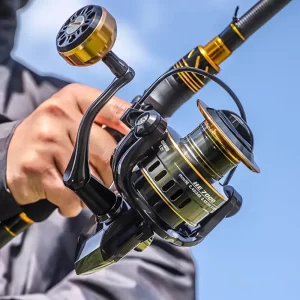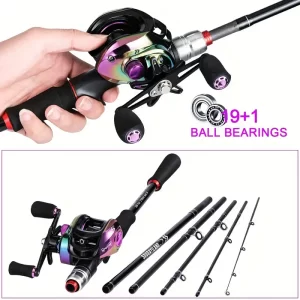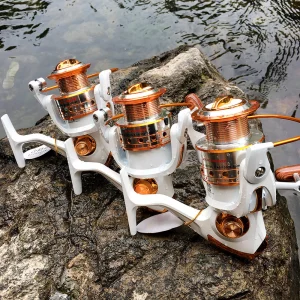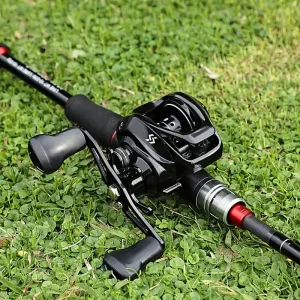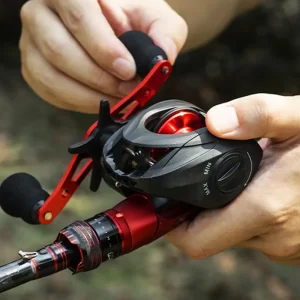Fishing lures are indispensable tools in an angler’s arsenal, designed to mimic the appearance and movement of natural prey to attract fish. Understanding the intricacies of fishing lures, their types, and their effective use can significantly enhance an angler’s chances of a successful catch across various fishing environments.
Types of Fishing Lures
Fishing lures come in an array of designs, each tailored to imitate specific prey and attract various fish species. The most common types of fishing lures include:
1.Spinnerbaits: Featuring spinning blades that create vibration and flash, appealing to predatory instincts.
2. Crankbaits: Resembling baitfish, these lures produce erratic movements, enticing fish to strike.
3. Jigs: Versatile lures with weighted heads, suitable for vertical fishing and bouncing along the bottom.
4. Soft Plastic Baits: Mimicking worms, crawfish, or baitfish, these flexible lures move naturally in the water.
5. Spoons: Shiny, concave metal lures that flutter and mimic injured baitfish, attracting predator fish.
6. Topwater Lures: Designed to create surface disturbances, imitating insects or injured prey, drawing fish to the water’s surface.
Factors Influencing Lure Selection
1. Water Conditions: Matching the lure type to water clarity, depth, and temperature optimizes its effectiveness.
2. Target Species: Understanding the preferences and feeding habits of the intended fish helps select the appropriate lure.
3. Season and Time of Day: Adapting lure choice based on the season and time when certain baitfish or prey are most active.
Techniques for Effective Lure Presentation
1. Casting Techniques: Mastering different casting methods—such as flipping, pitching, or long casting—maximizes lure coverage and potential strikes.
2. Retrieve Styles: Varied retrieves—like steady, erratic, or stop-and-go—create diverse movements that entice fish.
3. Depth Control: Adjusting the depth by altering retrieval speed, using sinking lures, or adding weights for the desired fishing depth.
Tips for Successful Lure Fishing
1. Observation and Adaptation: Pay attention to fish behavior and adjust lure choice and presentation accordingly.
2. Experimentation: Try different lure types, sizes, colors, and retrieval methods to determine what works best in specific conditions.
3. Patience and Persistence: Be prepared for varied results and stay persistent in trying different approaches before giving up on a lure.
Mastering the use of fishing lures is an art that combines knowledge, skill, and adaptability. It involves understanding the behavior of fish, the intricacies of lure design, and the finesse in presentation techniques. By comprehending the diverse array of fishing lures available and learning how to effectively use them, anglers can greatly enhance their chances of a successful and rewarding fishing experience.


